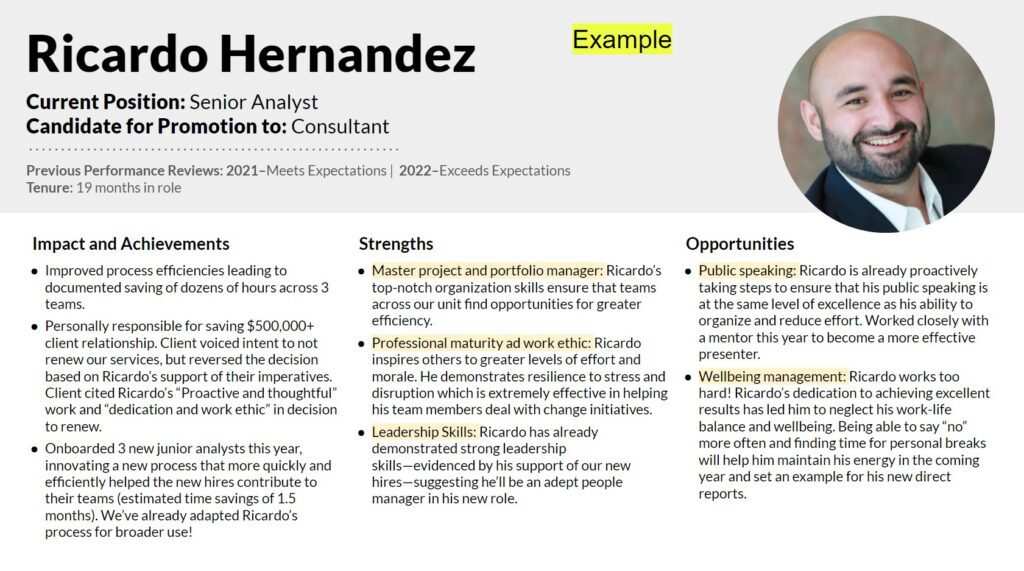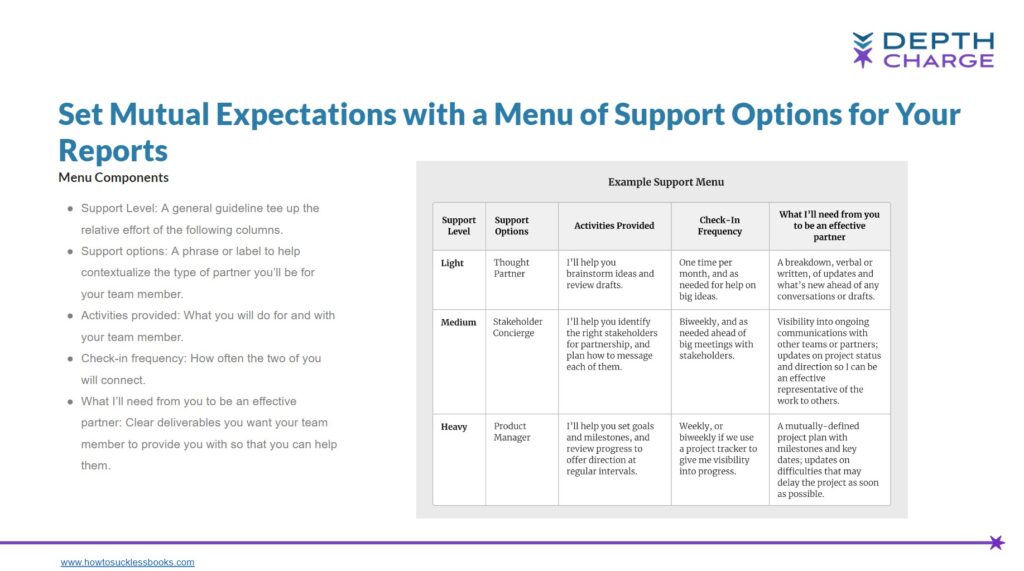
Sellers are well-known for asking for forgiveness instead of permission and this is definitely true when it comes to taking advantage of AI. While many commercial organizations are strategizing how to use AI to win, in many cases sellers are already knee-deep experimenting with new tools. ChatGPT is on the frontline of this–as the first widely available and (mostly) free AI interface, sellers were quick to start utilizing the AI to up their game.
There are some great use cases for ChatGPT to help sellers attract prospects and close deals. Unfortunately, we can’t just outsource all of our hard commercial work to AI (at least not yet). Using ChatGPT effectively requires a little thinking and effort to get the most powerful results.
Below are three ways sellers are already using ChatGPT, along with best practices to get the most out of them to improve your pipeline and generate revenue.
Prospecting:
Cold outreach is yielding less juice with every squeeze, so stacking your pool with prospects whose needs are a great fit for your product can be the difference between a non-existent and solid pipeline.
I’ve seen some sellers submit a description of their organization and product/service to ChatGPT, along with a request along the lines of, “Make me a list of potential client organizations.”
ChatGPT (and most AI tools) follows algorithms that use externally-available information to make judgments. A question like the above may generate a list of organizations based on any number of factors related to the details you provided about your company. The algorithm could put unwarranted emphasis on a keyword that may not be important, for example, or might look for companies that already signed with a competitor.
Alternatively, if the information you provide is too broad, you could get an arbitrary list of potential clients that doesn’t provide more than you might have gained from a Google search for companies in a certain industry.
The Better Way: Be as Specific as Possible
The AI can do some very efficient research for you, but you need to be specific in your request to take full advantage of ChatGPT’s analytic skills.
Spend some time up front identifying a few key characteristics about the types of businesses/leaders that have the greatest need for your product. Some factors to think about include: industry, geography, company size, current financial situation (for example, experiencing downward growth or undergoing M&A), employee sentiment (ChatGPT can look at Glassdoor scores, for example), maturity level, and existing vendor relationships.
Here’s an example of a better request.: “Make me a list of companies under $1B in revenue in the Midwest that are at least 7 years old and have seen growth for at least 3 consecutive quarters.”
Generating Pitches:
Most sellers spend a decent amount of time honing their messaging, even those who have enablement functions that provide examples and templates. AI presents a great tool to refine and accelerate this process.
I’ve seen sellers feed existing outreach content into ChatGPT along with a request along the lines of, “Draft a compelling pitch for an [X],” where [X] is a leadership position at a prospect company.
To be clear, this request will generate a reasonably viable pitch, however your message may fall into the trap of focusing too heavily on your products and features. This lackluster approach risks fading into the background with the dozens of other “feature dump” emails from vendors (who may also be using ChatGPT) that your prospects get every day.
The Better Way: Use ChatGPT to Find Data First
Effective pitches need to be tailored to prospects and to be relevant to the challenges that are top of mind for them. This requires time and effort to think critically about your prospects’ needs, and why your product’s differentiators are uniquely positioned to solve them.
ChatGPT can really shortcut this work. Try a request like, “Find examples of data that show how much [challenge] costs organizations.” This would provide sources you could cite to pitch leaders the need to act with urgency to respond to a problem that you solve.
As another example, “Identify reasons why [differentiator] is important to solving [challenge],” would provide data to support why your solution is uniquely positioned to solve a prospect’s challenge.
Once you have the building blocks of a strong pitch, it should be a lot easier to craft a compelling message that stands out from all the other feature dumpers. And, with the specific inputs you’ve found, you can go back to ChatGPT to help you draft more compelling prose.
Call Prep:
Sellers that are seen as knowledgeable about buyers’ risks and alternatives improve sale quality and customer loyalty. Being prepared before conversations is key to being seen as a credible consultative partner.
ChatGPT is extremely effective at summarizing large swathes of information, which can help paint a holistic view of a prospect and their company. The most common challenge I see for sellers is not being thorough enough. “Summarize the performance of Company Z and its business model” is a great start to get a sense of an organization you’re pitching to, but there is a lot of other great information you can glean.
The Better Way: Go Deeper
Go further than summarizing your prospects’ businesses in a vacuum. As an example, consider the request: “Compare how Company Z compares to its top competitors in financial performance, structure, and strategy.” The response can give you insight on how your prospect thinks about their industry or what’s most important to their leadership.
ChatGPT also has a premium service called ChatGPT plus that allows users to upload documents–including PDFS and excel sheets–to be summarized/analyzed. I’m not being paid to advertise this service, but I will say the idea of being able to submit dozens of pages of a prospects’ annual strategy or financial statement to generate a summary sounds like an awesome time-saving opportunity that would help a seller look quite smart on a call.
A Final Word
We’ll continue to provide more ideas and use cases as sales practices evolve. So, sellers, keep experimenting! Just be mindful of the data that you share with public AI: avoid providing sensitive or confidential data (and when in doubt, talk it out with your data security team).
What use cases or opportunities did we miss? Depth Charge is compiling a list of AI use cases and vendors–along with best practices for how to make the most of these tools. Sales leaders wanting to learn more or AI service providers looking to share information about products can drop us a line at depthchargeconsulting.com.




